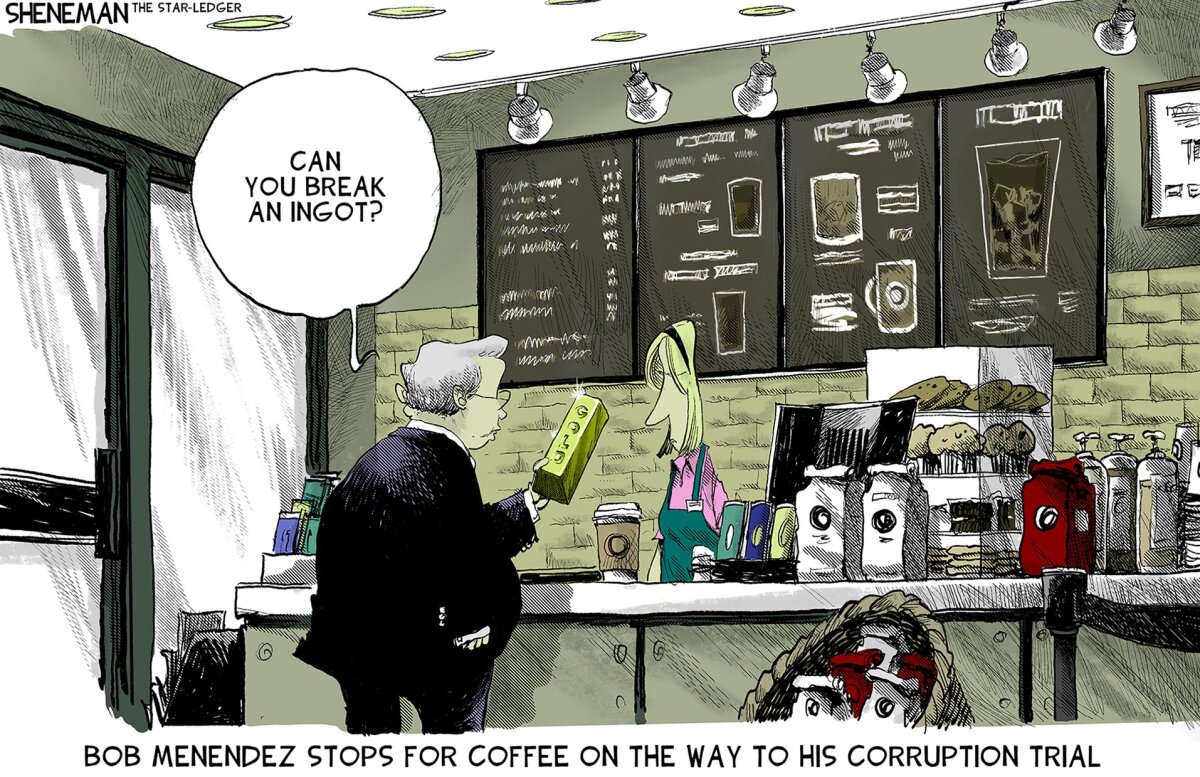Political cartoons have been a powerful medium for commentary on current events and political issues for centuries. They use humor, satire, and artistic skill to convey messages that resonate with the public. In the United States, Congress is a frequent target of these cartoons. Cartoonists highlight the actions, decisions, and sometimes the absurdities of lawmakers. In this article, we explore some of the best political cartoons about Congress and the impact they have on public perception.
The Role of Political Cartoons
Political cartoons serve several important purposes. They provide a visual commentary on political events and issues. They make complex topics more accessible to the general public. Cartoons can also spark discussions and debates. By using humor and satire, they can criticize politicians and policies in a way that is engaging and thought-provoking.
Iconic Political Cartoons on Congress
- “The Elephant in the Room” by Mike Luckovich
Mike Luckovich is a Pulitzer Prize-winning cartoonist known for his sharp wit. In one of his famous cartoons, he depicts Congress as a circus, with the Republican elephant as the main attraction. This cartoon comments on the dominance of the Republican Party in Congress at that time. The imagery of a circus suggests chaos and entertainment rather than serious governance.
- “Gridlock” by Tom Toles
Tom Toles, another Pulitzer Prize-winning cartoonist, often addresses the issue of legislative gridlock. In one of his notable cartoons, he shows two opposing cars labeled “House” and “Senate” stuck in a traffic jam, unable to move forward. This cartoon captures the frustration many Americans feel about the lack of progress in Congress. The metaphor of traffic gridlock is a simple yet powerful way to depict political stalemate.
- “Money Talks” by Darrin Bell
Darrin Bell’s cartoons frequently address the influence of money in politics. In one striking cartoon, he illustrates a Congressman speaking into a microphone that is attached to a giant money bag. This image highlights the problem of campaign finance and the influence of wealthy donors on legislative decisions. The visual of the money bag taking center stage is a stark reminder of the pervasive role of money in Congress.
- “The Blame Game” by Steve Breen
Steve Breen, another acclaimed cartoonist, often explores the theme of accountability. In one of his cartoons, he shows members of Congress pointing fingers at each other while a burning issue, represented by a literal fire, is ignored. This cartoon criticizes the tendency of lawmakers to blame each other rather than address pressing problems. The imagery of a burning fire symbolizes urgent issues that are neglected due to political infighting.
The Impact of Political Cartoons
Political cartoons can influence public opinion and bring attention to important issues. They often go viral on social media, reaching a wide audience quickly. Here are some ways in which political cartoons impact society:
- Raising Awareness: Cartoons can shine a spotlight on issues that may not be widely known. They can make people aware of the intricacies of legislative processes and the behavior of lawmakers.
- Encouraging Critical Thinking: By presenting political issues in a humorous or exaggerated way, cartoons encourage people to think critically about the actions and policies of their elected officials.
- Fostering Engagement: Political cartoons can spark conversations and debates among the public. They provide a starting point for discussions about current events and political decisions.
- Holding Power Accountable: Cartoons can hold politicians accountable by publicly criticizing their actions and decisions. They serve as a form of checks and balances in a democratic society.
The Art of Political Cartooning
Creating a political cartoon requires a combination of artistic skill and a keen understanding of current events. Cartoonists must be able to distill complex political issues into simple, impactful images. Here are some elements that make a successful political cartoon:
- Clarity: The message of the cartoon should be clear and easily understood. Viewers should be able to grasp the main point quickly.
- Humor: Humor is a key component of political cartoons. It makes the message more engaging and memorable.
- Satire: Satire involves using humor to criticize or mock. It is a powerful tool for pointing out flaws and inconsistencies in political behavior.
- Visual Impact: The visual elements of the cartoon should be striking and creative. Effective use of symbolism and metaphor enhances the cartoon’s message.
Conclusion
Political cartoons are a vital part of political discourse. They provide a unique lens through which we can view and understand the actions of Congress. Through humor and satire, cartoonists like Mike Luckovich, Tom Toles, Darrin Bell, and Steve Breen offer insightful commentary on the state of American politics. Their work reminds us of the importance of accountability, the influence of money, and the need for progress in our legislative processes.
As we continue to navigate the complexities of politics, political cartoons will remain an important tool for engaging the public and sparking necessary conversations. So, the next time you come across a political cartoon about Congress, take a moment to appreciate the artistry and thought behind it. It might just offer a new perspective on the political landscape.



